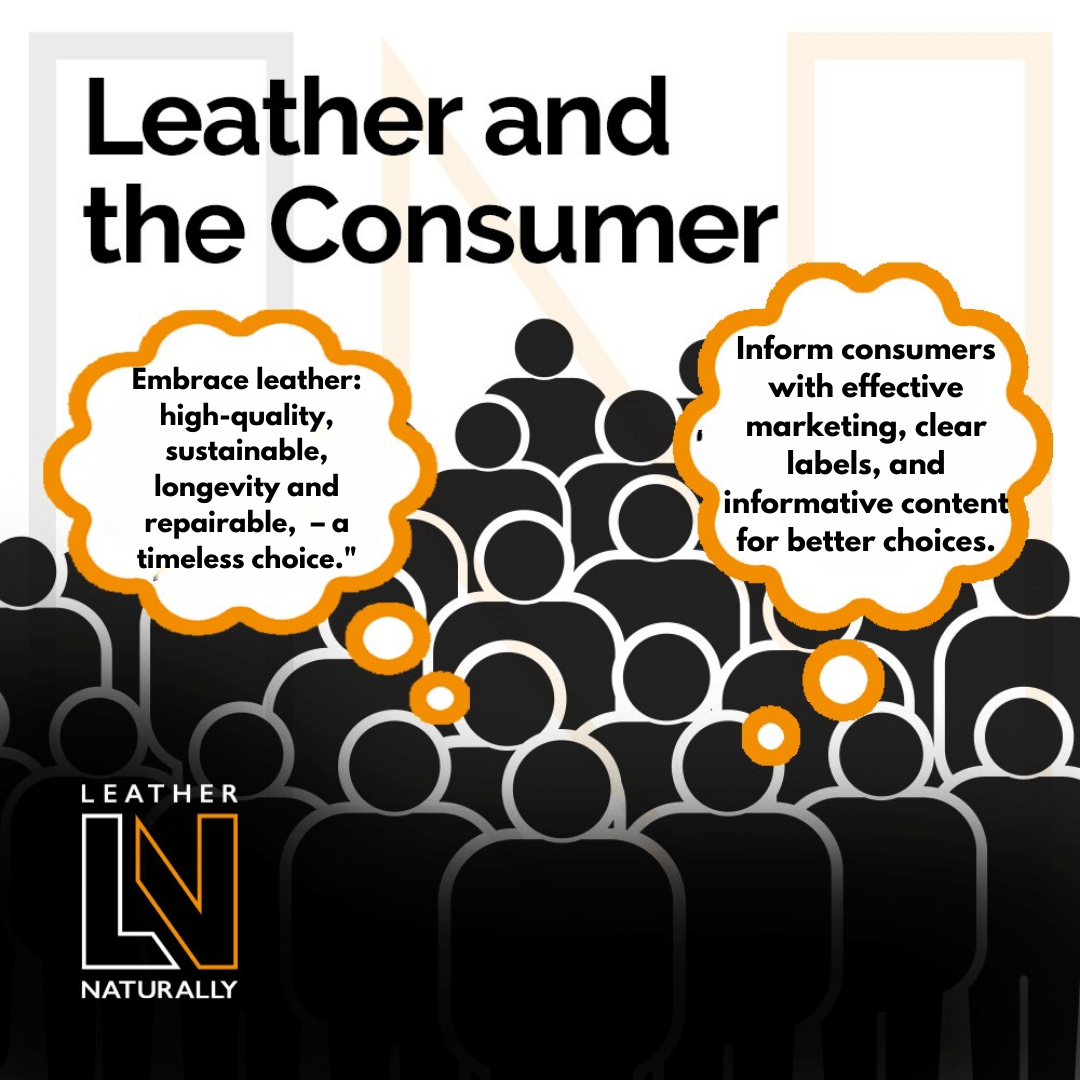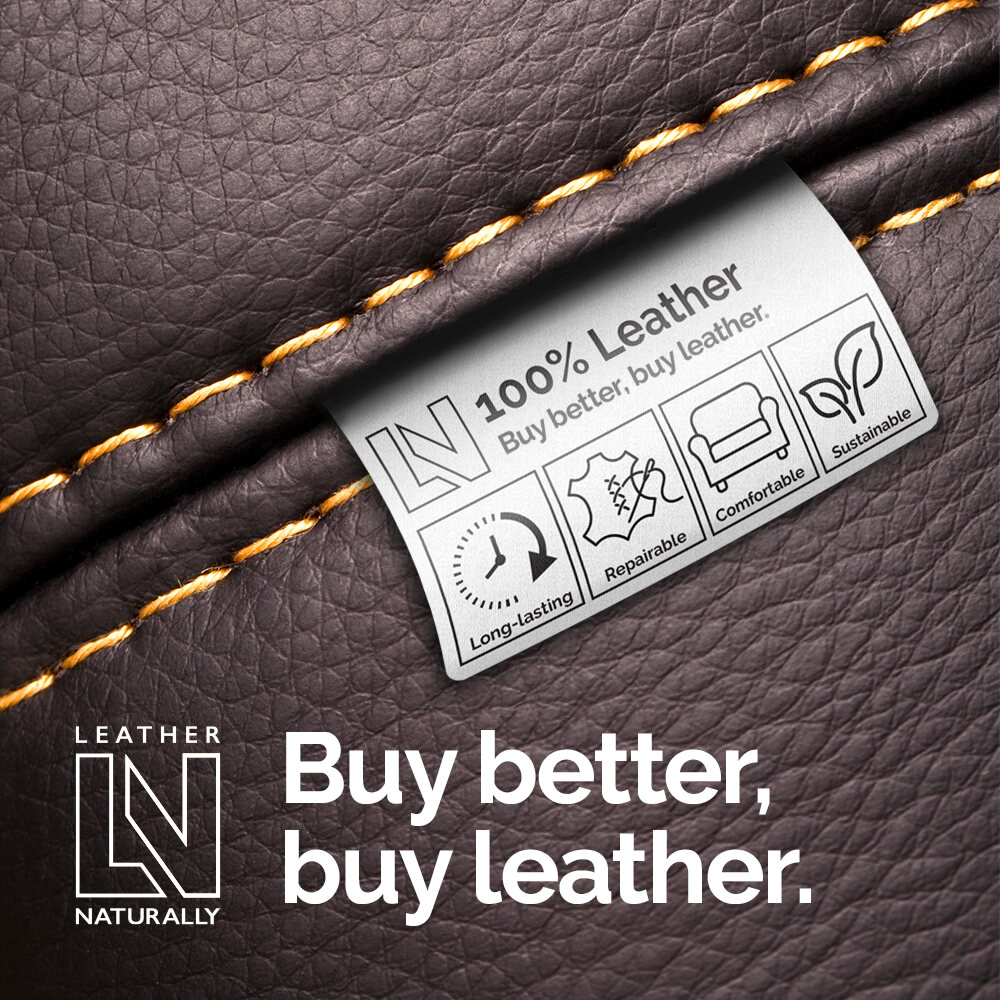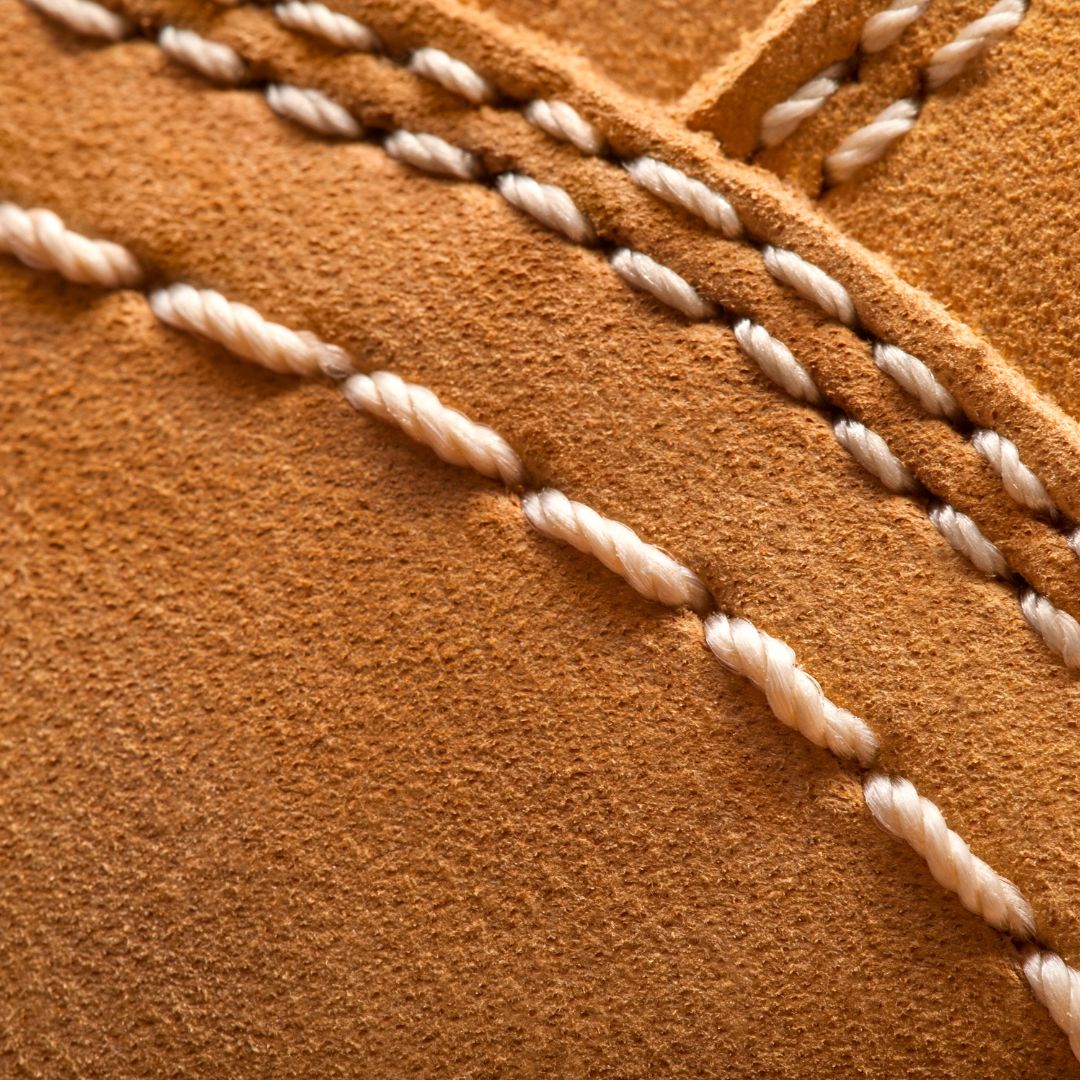
From your perspective, what should consumers need to know about leather and how can brands effectively communicate the sustainability aspects of their leather products to educate and engage consumers in making more informed choices?
As consumers increasingly seek sustainable and ethical products, it’s essential for brands to communicate transparently about leather’s distinctive value. As a byproduct of the food industry, leather exemplifies circular economy principles. At Gruppo Mastrotto, we believe in maximizing this potential by employing eco-friendly tanning and production methods, ensuring minimal waste and environmental impact. Brands should highlight these practices, illustrating how leather products are durable, long-lasting, and reduce waste in the long term. Leather, in fact, is a by-product of the meat food industry, a material that is valorized through the tanning process to be reused in other sectors, rather than being disposed of as waste with negative effects on our environment. Every year, tanneries around the world recover over 8 million tons of raw hides, whose disposal as organic waste would produce about 5 million tons of greenhouse gases, equivalent to the emissions of about 1 million cars driving for 10,000 kilometers. In addition to promoting sustainable practices and the inherent benefits of leather, it’s crucial to address the misleading information surrounding alternatives like ‘eco-leather’ or ‘vegan leather.’ Many of these alternatives, while marketed as more environmentally friendly, often rely heavily on plastics and synthetic materials, which have a significant environmental impact due to their non-biodegradable nature and the pollution associated with their production. The industry should actively educate consumers about these misconceptions, clarifying the differences between genuine leather and these alternatives in terms of longevity, environmental impact, and overall sustainability.
How can we as leather industry find better ways of informing consumers about the advantages of leather?
The leather industry can improve consumer education by leveraging digital platforms and social media to disseminate information about leather’s unique qualities. Leather is a high-quality, durable, and versatile material with a significantly longer lifespan than many synthetic alternatives. We can showcase the process of leather production, from sustainable sourcing to advanced tanning techniques, emphasizing its natural origin. Collaborating with designers and influencers who can advocate for the beauty and durability of leather, and participating in educational campaigns and sustainability forums can also be effective. It’s about creating a narrative that resonates with the values of modern consumers who care about quality, sustainability, and ethical production. Educating consumers through marketing campaigns, product labeling, and informative content about these aspects can help them make more informed choices.

The concept of a circular economy is becoming increasingly popular. Leather is of course part of the circular economy. Where could we as industry improve to demonstrate it to the consumers?
The leather industry is intrinsically linked to the circular economy, but there’s always room for improvement. We need to focus on enhancing traceability and transparency in our supply chains. This involves ensuring that every step, from sourcing to production, adheres to the highest standards of environmental and social responsibility. Investing in innovation to develop more sustainable tanning and finishing processes, reducing water and energy usage, and finding new ways to repurpose leather waste and by-products can significantly demonstrate our commitment to the circular economy. Additionally, collaborating with other industries to find new uses for leather scraps and promoting leather recycling initiatives can further strengthen this message.

What else do you think can the industry do to improve the general image of leather?
To improve the image of leather, we must address industry’s issues with facts and transparent communication. This includes actively combating misinformation about leather production and its environmental impact, but also acknowledging past shortcomings. Tanneries have faced issues like high resource consumption and environmental impact. However, recognizing these challenges has been a catalyst for significant transformation. The industry has made strides in sustainability, adopting renewable energy, water recycling, and waste reduction practices. By transparently sharing our journey and improvements, we demonstrate proactive efforts towards sustainable solutions, underscoring our commitment to a more responsible future for the leather industry. Moreover, engaging with consumers, stakeholders, and regulatory bodies to foster an open dialogue about challenges and advancements in the industry is vital for building trust and a positive reputation.
As an industry expert, what trends do you foresee shaping the future of leather?
Looking ahead, I foresee several trends shaping the future of leather. First, sustainability will continue to be a driving force, with an increased focus on eco-friendly production methods and the development of low-impact tanning processes. The demand for traceability and transparency will grow, leading to more investment in technology to track and verify sustainable practices. Second, customization and personalization will become more prevalent, as consumers seek unique, tailor-made products. Finally, there will be a continued push towards innovative uses of leather, exploring new markets and applications beyond traditional sectors. These trends reflect a dynamic industry that is adapting to the evolving demands of consumers while upholding the timeless appeal of leather.
Website Gruppo Mastrotto: https://www.mastrotto.com/
